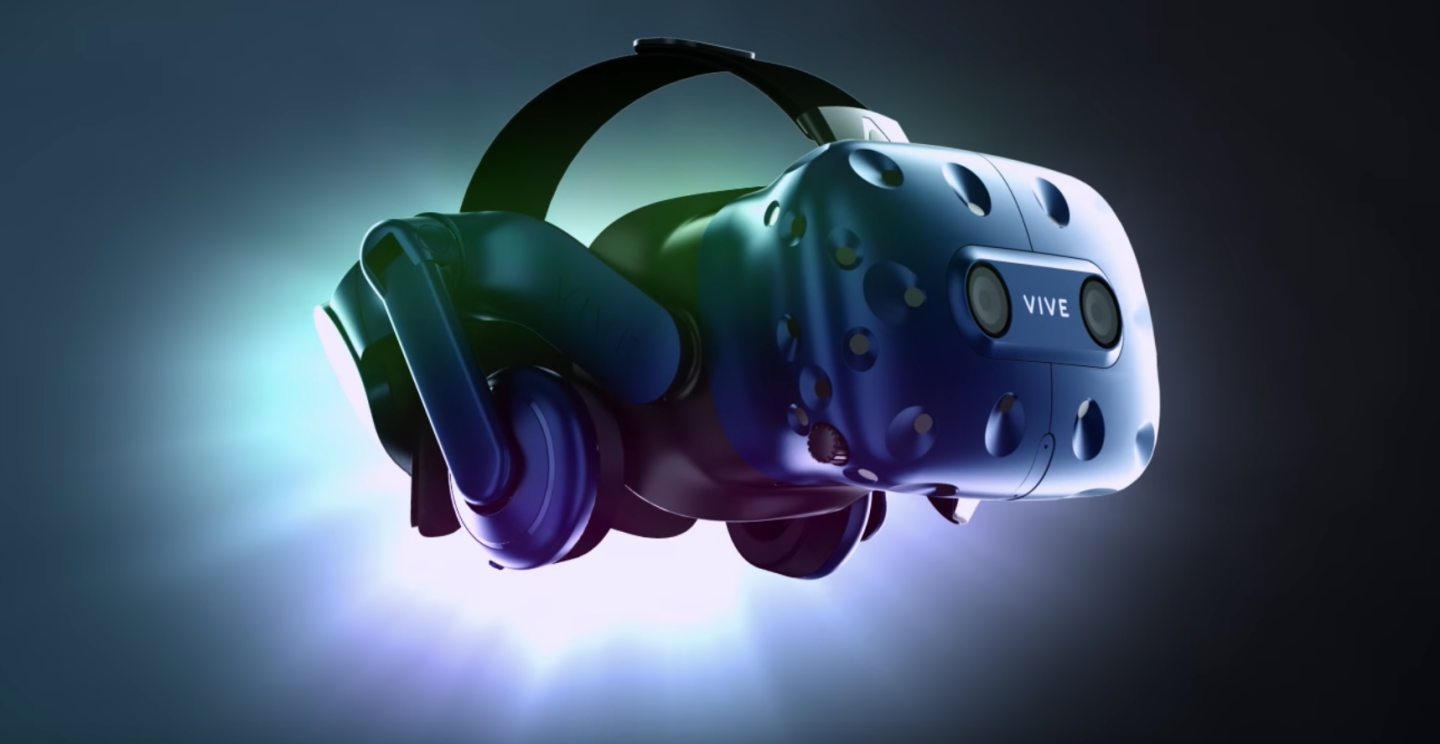



In the preceding project ASTOR, we already successfully demonstrated considerable progress in semi-automatic segmentation and classification of internal structures. This effort is accomplished by development of advanced analysis tools for the ever-increasing quantity of tomographic datasets. As proof of principle, different aspects of insect head morphology will be investigated (e.g., biomechanics of the mouthparts, and neurobiology with the topology of sensory areas). The biological partners in the project cover different scientific aspects and thus serve as model community for the collaborative approach. By using a new collaborative approach, the NOVA project (Network for Online Visualization and synergistic Analysis of tomographic data) aims to demonstrate, that more efficient use of the valuable beam time is possible by coordinated research on different organ systems. The rest of the data usually remains untapped. Most research groups, however, are only interested in a specific organ and use only a fraction of their data.

This systematic review attempts to add to the literature a clear picture of the emerging contexts, different elements, and their interdependencies.īeamtime and resulting SRμCT data are a valuable resource for researchers of a broad scientific community in life sciences. The results from this systematic review suggest that: (1) There are only a few studies that focus on creating standard guidelines for virtual reality, and each study individually provides a framework or employs previous studies on traditional 2D visualizations (2) With the myriad of advantages provided for visualization and virtual reality, most of the studies prefer to use game engines (3) Although game engines are extensively used, they are not convenient for critical scientific studies and (4) 3D versions of traditional statistical visualization techniques, such as bar plots and scatter plots, are still commonly used in the data visualization context. We characterize the reviewed literature based on three dimensions: (a) Connection with visualization background and theory, (b) Evaluation and design considerations for virtual reality visualization, and (c) Empirical studies. The research framework is grounded in empirical and theoretical works of visualization. To this end, the presented study aims to provide a systematic literature review that explains the state-of-the-art research and future trends on visualization in virtual reality. Despite the growing interest and discussion, visualization studies have lacked a common baseline in the transition period of 2D visualizations to immersive ones. To date, emphasis has been on the employment of game technologies. We are carefully following both the market and hardware trends so that we can continue to develop solutions which work best in practice.Rapidly growing virtual reality (VR) technologies and techniques have gained importance over the past few years, and academics and practitioners have been searching for efficient visualizations in VR. Nevertheless, the Lumion team has a long history in VR technology, dating back to even before Lumion was developed, and we continue to research this exciting and developing area. The idea is that Lumion aims to facilitate better communications between the architect and the client, not hinder it. Instead, you can simply build and render the spaces that the client needs to see. Reduce the time it takes to make VR a part of your presentation, as you don’t have to prepare and render every angle of your building.Avoid the risks commonly associated with full-on dynamic VR (customer isolation, graphics performance, quality of output, difficult technical set-up in a customer environment, possible customer sickness because of the motion within the headset).
#VR PHOTO VIEWER VIVE FULL#
Maintain full control of what the client can view by specifying the exact position of the panoramas, thus allowing you to better tell your design story.


 0 kommentar(er)
0 kommentar(er)
